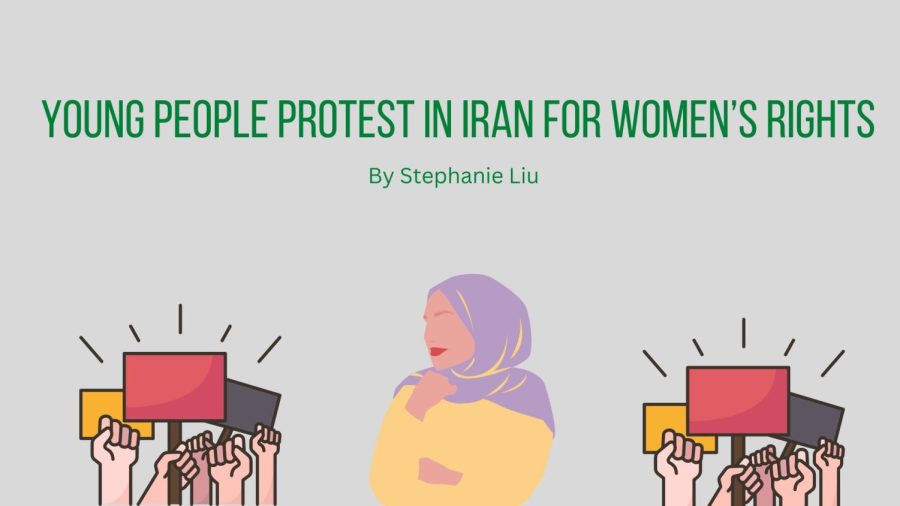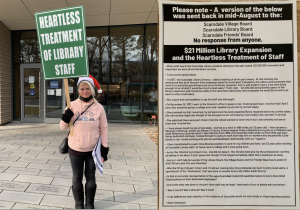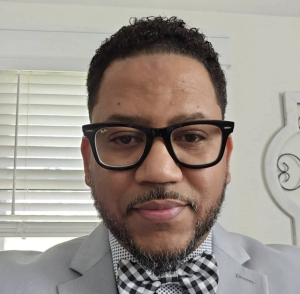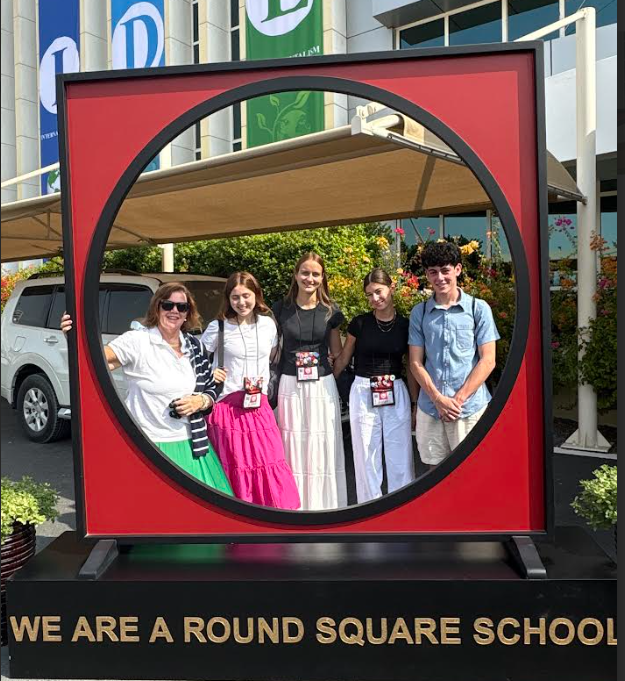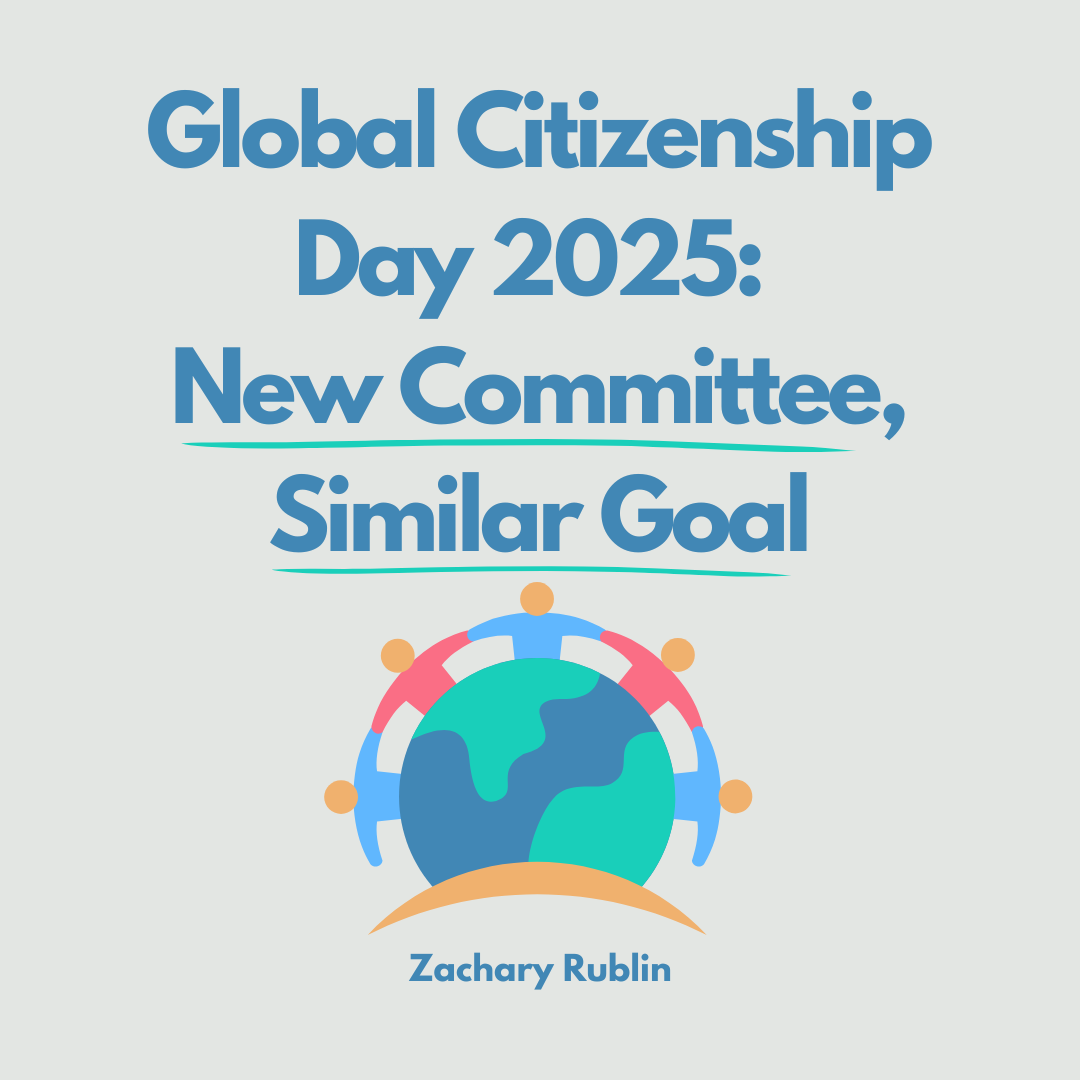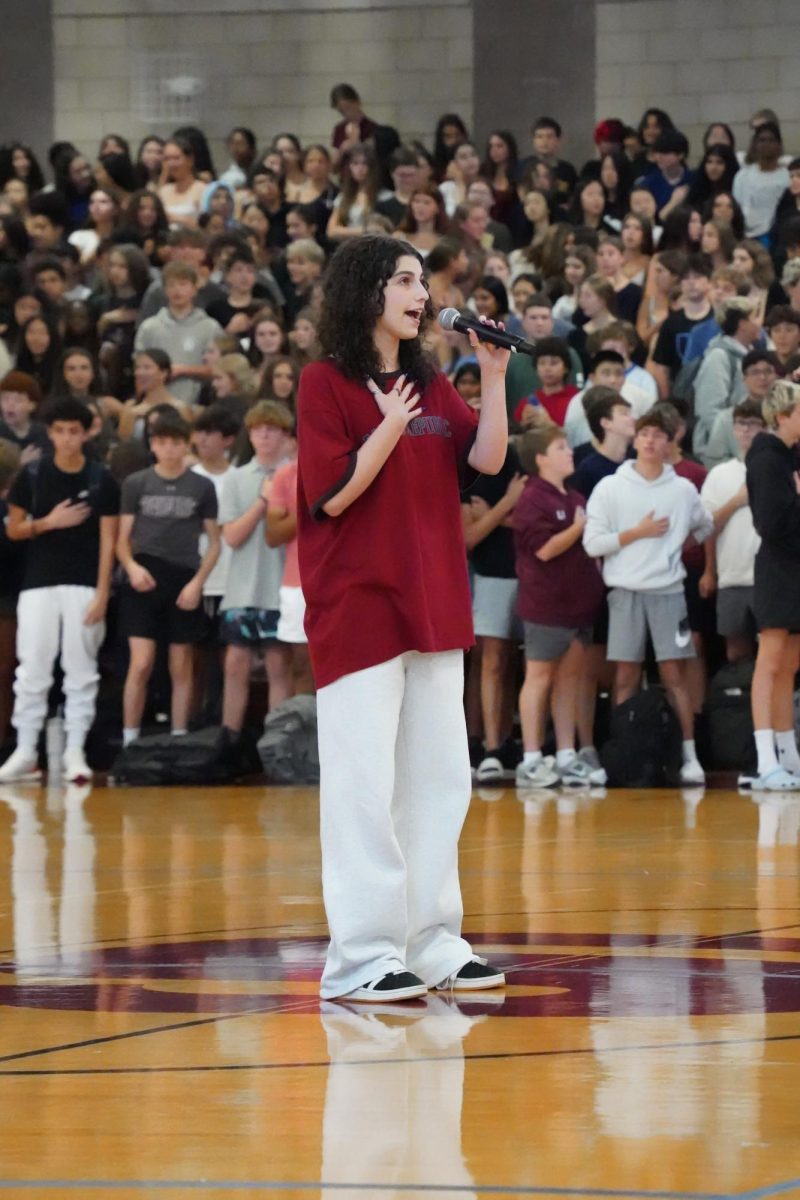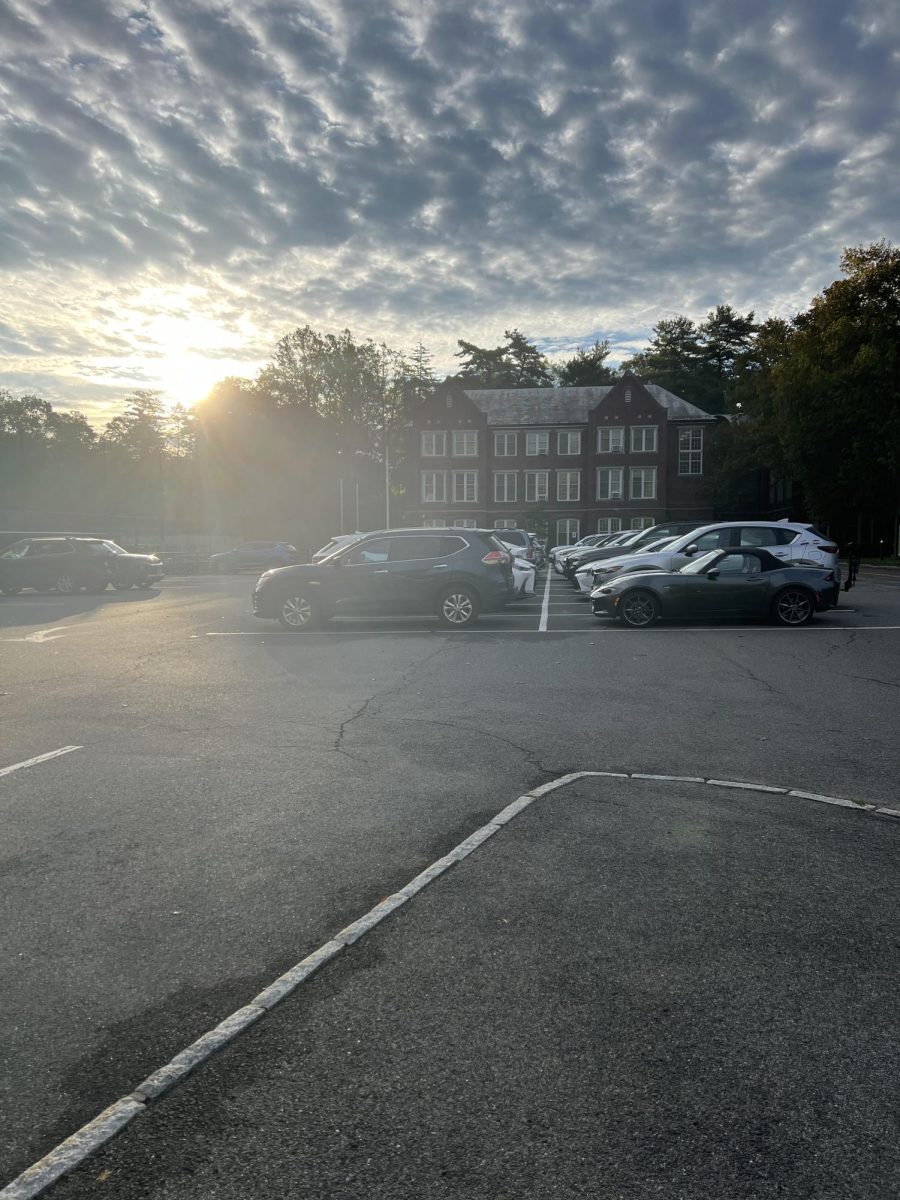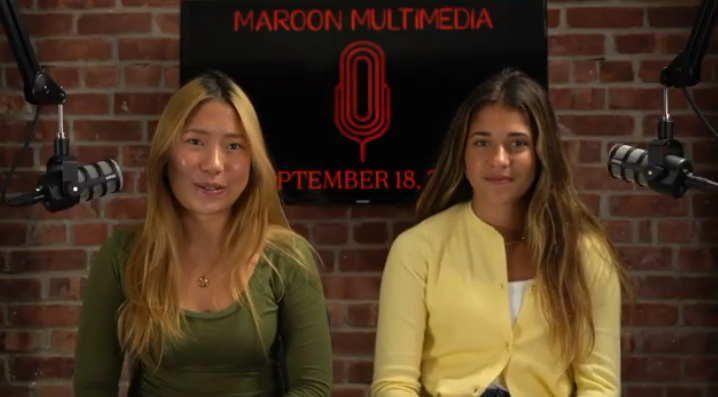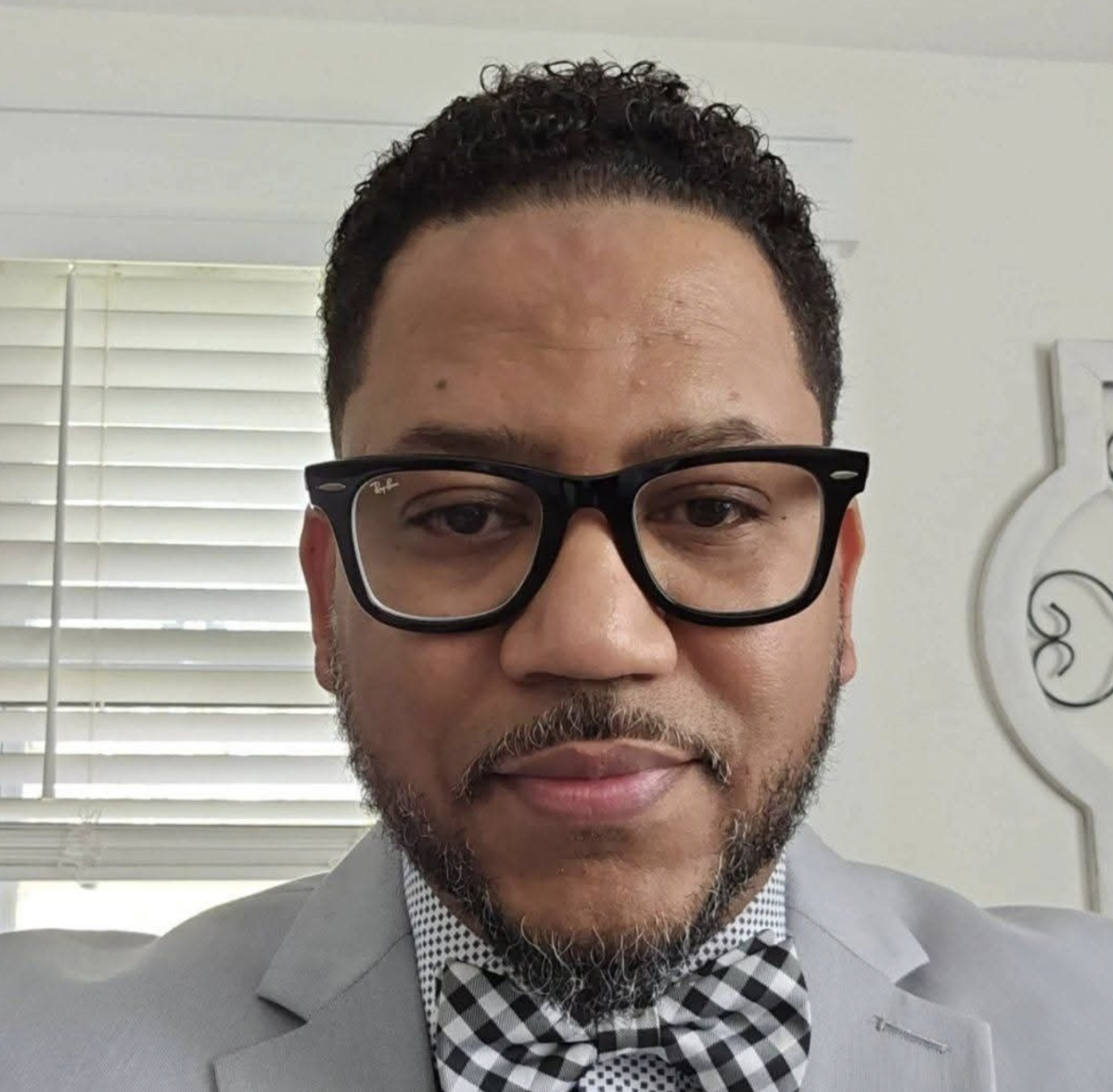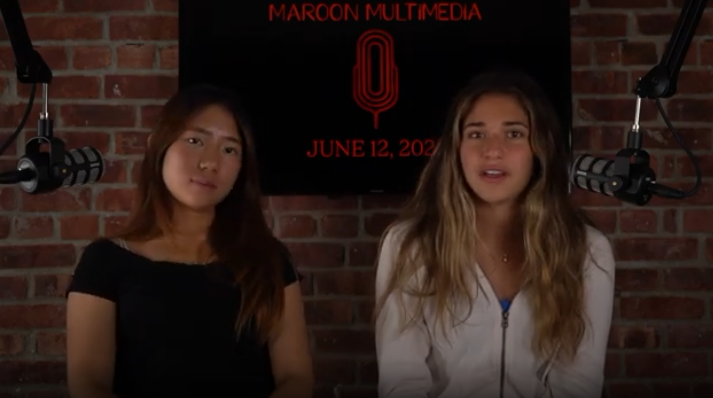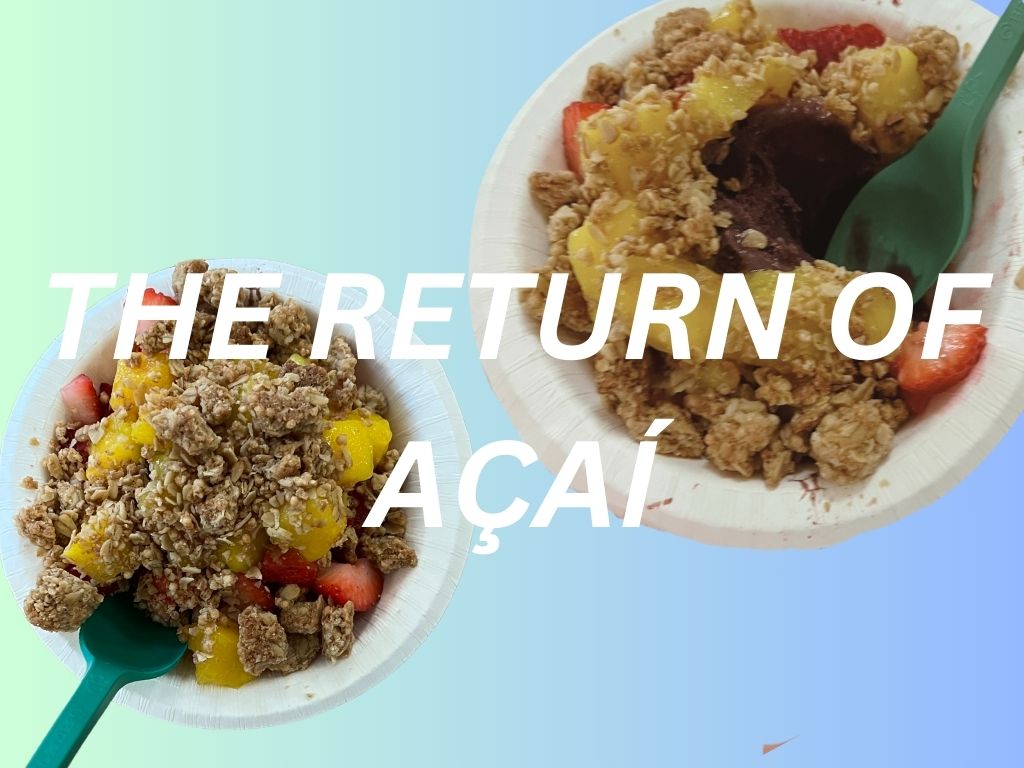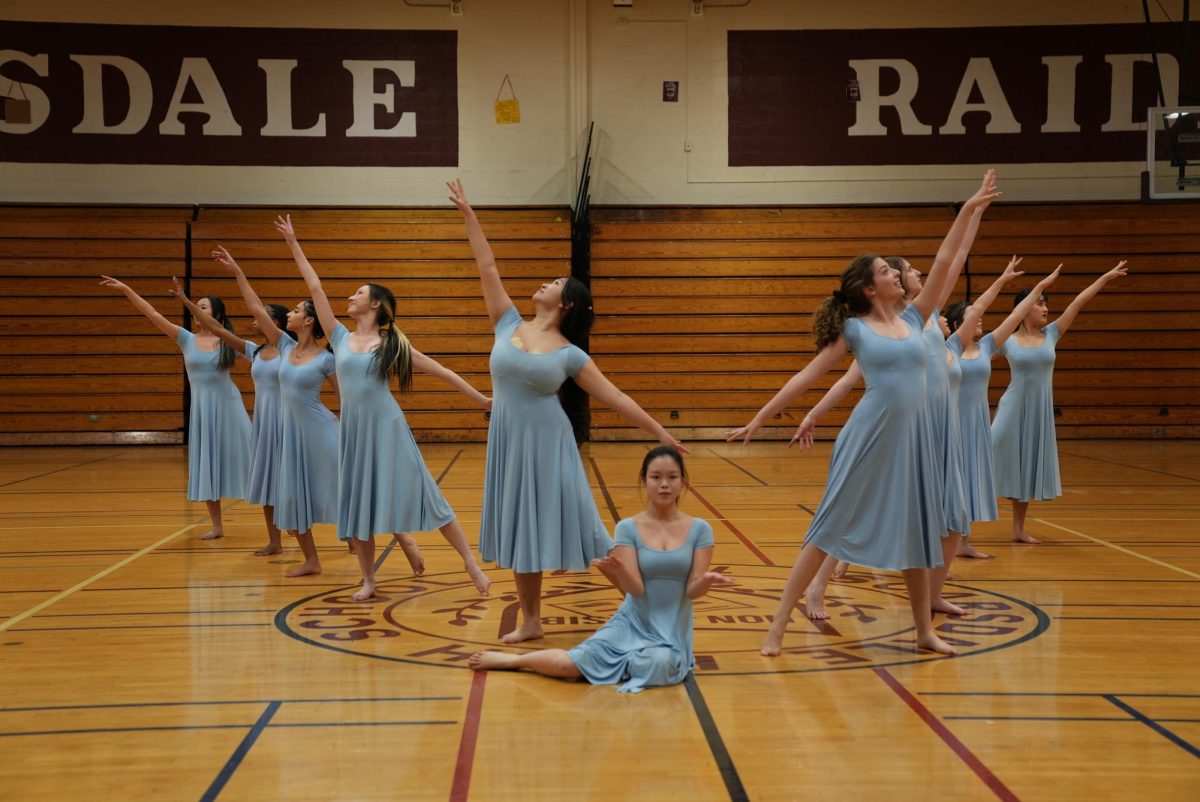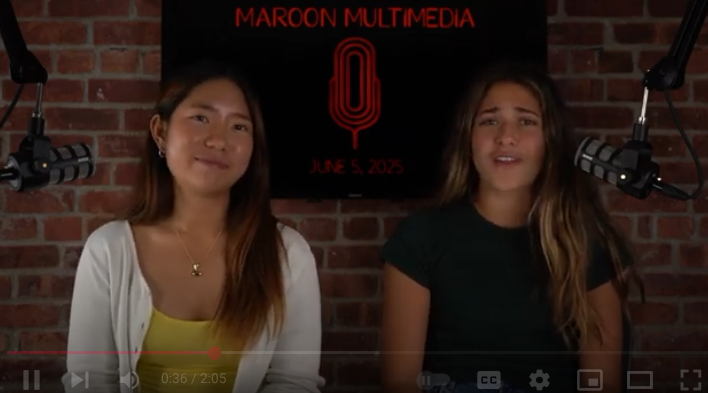Young People Protest in Iran for Women’s Rights
In the face of an oppressive and dangerous government, young Iranian people, including teenagers, continue to fight for human rights.
October 30, 2022
Some of you may have seen videos of women cutting their hair or the phrase “Jin, Jiyan, Azadi”—meaning “Woman, life, freedom”— cycling around the Internet in the last few weeks. Perhaps you have seen a teenage girl brandishing a flaming head scarf as a form of protest. Maybe you have heard about the young women who have died advocating for their human rights.
For the past month, citizens of Iran have been protesting for women’s rights, which has culminated in a deadly struggle against the country’s overbearing law enforcement. According to a Norway-based group called Iran Human Rights, at least 201 people, including 23 children, have been killed by the police. U.S.-based human rights monitor HRANA reports that 233 people have died, 32 of which were under the age of 18. It is unclear exactly how many deaths there are since more can have gone unreported due to heavy restrictions on the internet and journalist activity. There are currently widespread internet outages across Iran and the Committee to Protect Journalists reports that at least 40 reporters have been detained since the beginning of the protests.
These protests were triggered by the arrest and death of Mahsa Amini, a 21-year-old woman who was arrested by morality police on September 13 when she wore her hijab incorrectly by wearing it too loosely and not fully covering her hair. She was later pronounced dead and police reported her cause of death as heart failure, however, it is highly suspected that she was a victim of police brutality. Some people have reported that she was seen being beaten in the head with a police baton and many sources say that she fell into a coma before her death was announced. The coroner has announced her death as related to an underlying heart condition, but the true circumstances behind her death are unknown. Many people are infuriated by the unjust cause of her death. “I think that it’s an infringement on women’s rights and what they’re allowed to wear in public. Death is obviously not a good punishment for that,” comments Chloe Liu ’25.
Another girl named Nika Shahkarami was only 16 years old when she was found dead on September 21 after participating in a protest. The police labeled her death as an accident, claiming that she fell off the roof of a building. Her family has given statements supporting the police’s report, but her mother, Nasrin Shahkarami, says she is sure that Nika was killed by police during the protest and that the statements given were forced through threats to their safety.
Sarina Esmailzadeh was another influential 16-year-old protestor reported to have died from falling off a roof, although her body showed injuries implying that she was beaten repeatedly by a baton to the head.
The dozens of children and young adults killed in the last month cannot all be identified, but BBC has compiled a list of some of those who have been identified.
Even off of public streets, law enforcement tries to terminate protests. At Sharif University of Technology in Tehran, Iran–famous for being one of the leading institutions for science, math, technology, and engineering in the nation–some of the brightest students in Iran were detained, beaten, and shot at by security forces. At first, they refused to attend classes and chanted phrases. The police detained about half of the protestors after leading them off campus to a parking lot and shooting at them with paintballs. The three main dormitories were also shot at in a similar manner. It is unclear how many students are still detained.
In the face of an oppressive and dangerous government, young people, including teenagers, continue to fight and attend protests chanting “Woman, Life, Freedom” and “Death to the dictator”. Deputy Commander-in-Chief of the Revolutionary Guards Corps Rear Admiral Ali Fadavi says that the average age of detained protestors is 15 years old. “I think that it’s good that people are protesting and speaking out,” says Liu ’25. “Women’s rights are important and I don’t think the government should be killing people protesting for their rights,” adds Jessica Katz ’25. Even with so little power compared to the authority of the government during an uncertain time, Iranian teenagers are trying to bring change and create a future for themselves.

